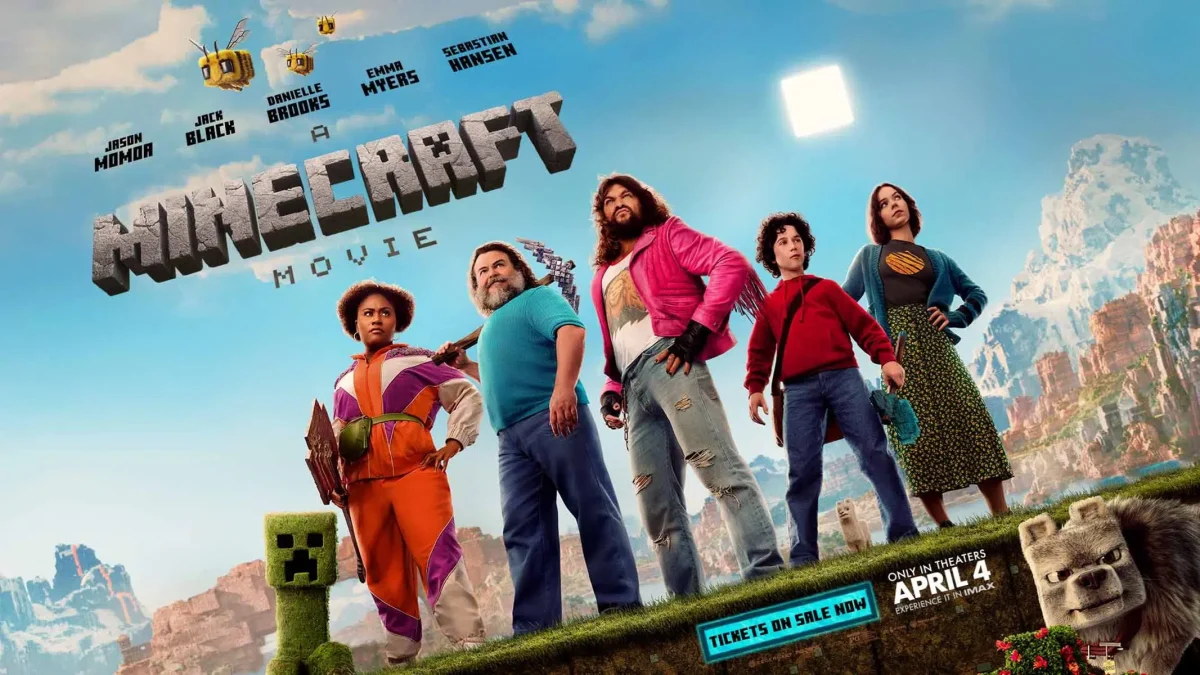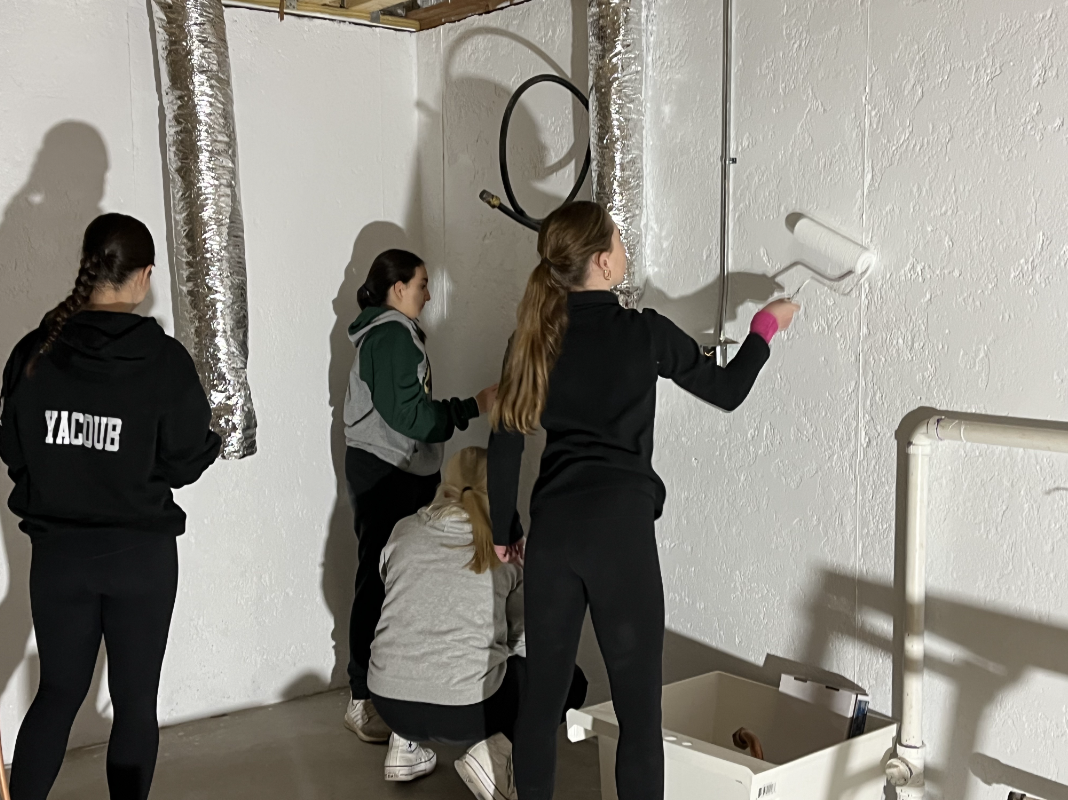I wasn’t sure what to expect when I volunteered with Habitat for Humanity. All I had were the instructions to dress warmly and appropriately and the vague idea that I would be helping build a home. Out of the six students who volunteered, none of us had any construction experience. A few were even under the assumption that we would be building an entire house that day. We were nervous and a bit apprehensive, but at the end of the day, we were grateful to have had the opportunity.
A global non-profit, Habitat for Humanity is an organization that works with local communities to build safe and affordable housing. Habitat is founded on the idea that homeownership can provide the stable and supportive environment that a family needs to thrive, and that allows them the opportunity for social mobility. With the help of volunteers and donations, the organization has grown, with affiliates in all 50 states, as well as bases in 70 countries worldwide.
Families can apply for homeownership with their local affiliate and are accepted based on their level of need and ability to follow an affordable payment plan. These families work alongside Habitat volunteers to build their new homes, and their mortgage payments help create a fund for the next housing project. Outside of building new homes, Habitat provides many services to further its goal of universal affordable housing, including renovations, repairs, and campaigns to raise awareness.
Our group of volunteers walked into the half-built home decked in puffy coats, gloves, and winter hats. Our site supervisor Tony Beckstrom welcomed us at the door, joking about the cold as we hung up our coats inside.
Beckstrom pulled out some chairs, and I sheepishly brushed the dust off before sitting down. He told our group that we were working on House #1828 for the Twin Cities Habitat chapter. It was intended for a family with accessibility requirements, and Beckstrom pointed out the widened door frames, open floor plan, and wheelchair-accessible bathroom.
While Habitat usually asks families to work alongside volunteers, COVID-19 posed a barrier to this policy, and the organization is still working back up to its pre-COVID standards. However, although my team wasn’t able to meet the family we were building for, Beckstrom made sure we knew exactly how much of an impact we would have.
Habitat has partnered with 677 families in 2022 and provides housing at one-third of the families’ income so that they are able to afford it. 89 families were able to buy their homes last year, and 37 were able to completely pay off their mortgages. Beckstrom’s passion and dedication to the organization were inspiring and outshone any apprehension we still had.
We got to work. We carried sheets of drywall across the house; we learned how to properly use power tools; we painted the entire basement walls white. With Beckstrom’s ’60s tunes in the background, we managed to hang drywall throughout the majority of the first floor and were able to work quickly as we got comfortable with the tools.
I left feeling a little sore, but savoring the sense of accomplishment that came with it. My hands had new callouses. My fingertips were still tinted red and my knees were smeared with white dust. But I couldn’t stop smiling. The marks were reminders that my hands made a difference.




































![Teacher Lore: Mr. Hillman [Podcast]](https://bsmknighterrant.org/wp-content/uploads/2025/03/teacherlorelogo-1200x685.png)




